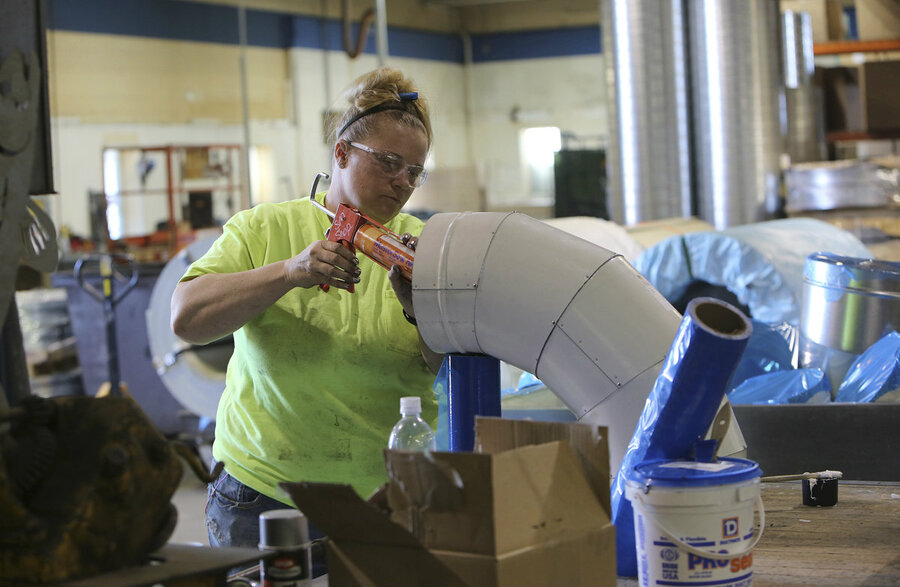Adding more women to workforce could extend bull market, study finds
Loading...
| London
The secret to unlocking a further $6 trillion of gains in global stocks and adding another 10 years to this bull run? Forget tax cuts and share buybacks, women are key, according to research by S&P Global.
The United States lags developed country peers in terms of the share of women in work. Even if it just catches up with other economies over the coming decade those extra workers would add a total of $455 billion to its economic output over that period, delivering huge additional gains for stock markets in both the world's biggest economy and around the planet.
An increase in women's labor force participation rate (LFPR) to that of other advanced countries would drive US GDP up by 0.2 percent a year, fueling estimated gains of 0.7 percent a year in the S&P 500, S&P Global said in a report.
This incremental gain could add a total of $2.87 trillion to US market capitalization over the next decade. The current market cap of the S&P 500 is $24.54 trillion, Reuters data showed.
Because global stock markets typically take their cue from Wall Street, equities in trade-sensitive countries such as Germany, China, and Korea could benefit even more from US economic expansion than the S&P 500.
US women's contribution to GDP growth would add $5.87 trillion to global market capitalization over the 10-year timeframe, doubling the length of the current bull run.
That's around 12.9 percent of the current market cap of MSCI's All Country World index, $45.4 trillion.
But these figures depend on American women entering, and staying in, work.
Having been among the pioneers of women's workforce participation in the 1990s, the United States slid to 20th place among 22 advanced OECD economies for women's labor force participation by 2016.
Women's LFPR in the United States reached 74 percent in 1990 and has remained roughly stable since, while it has increased elsewhere.
"A concerted effort to increase participation and foster retention of women in the American workforce, particularly in those professions traditionally filled by men, represents a substantial opportunity for growth of the world's principal economy," the authors of the report argued.
Childcare remains the biggest obstacle stopping women from fully participating in the labor force, they added, and the United States is the only OECD country that does not provide income support during maternity or parental leave by law.
"If the US were to follow the lead of many other developed countries and implement policies that encourage women to enter and remain in the workforce, the effects could reverberate globally, supporting a stock market boom far greater than the economic growth itself," they said.
This story was reported by Reuters.







